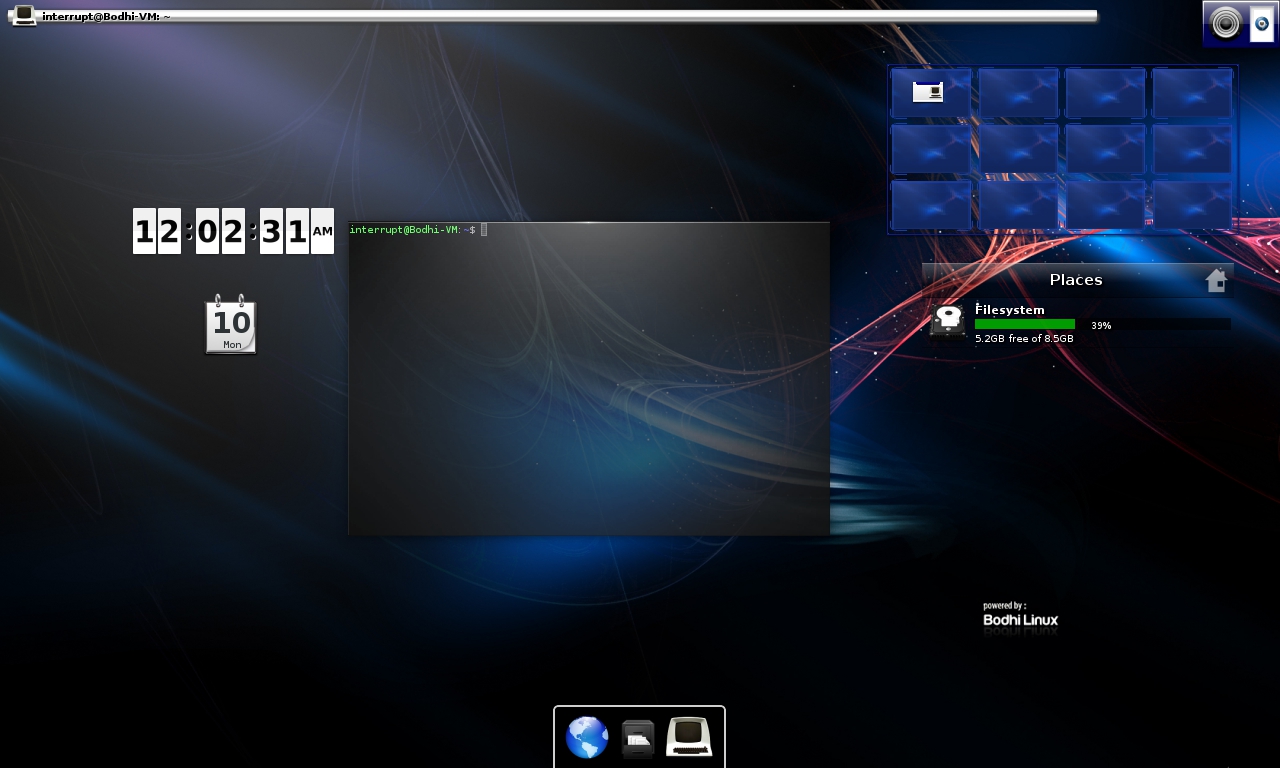With the NSA/CSS’s support of RSA dwindling, they’ve adopted the public key ECC method with open arms with their Suite B. This is in part due to the fact that small sized RSA keys have been cracked to some degree and that the associated contracts with the NSA have ended (keys over 1,024 bits are still safe at the time this post was created). This post will give some information on ECC’s adoption and cellular cryptography.
Since I just started using secure voice apps on my Android, I thought I’d provide you with a list reference material regarding ECC’s increased usage in every day technology. Feel free to check out the solutions mentioned below as well (I do not endorse any of them; find a solution that works best for you and your needs).
We now find ECC used in nearly every aspect of secure computing from chat servers to cell phone voice encryption. And yet ECC’s primary goal is to utilize PKCS by providing a secure means of authentication and digital signature management as opposed to whole document encryption. The algorithm is best utilized in actual data streams flowing from one network to another in conjunction with other well established algorithms to encrypt the contents themselves.
Secure SIP providers around the globe have started producing secure VoIP tools that use ZRTP to transport data using key encryption and SRTP to actively encrypt that data. This is a really good way of thwarting cellular eavesdropping.
For example, VoIP provider S.M.A.R.T.S. Technology designed HushCrypt on Android to encrypt voice calls handset-to-handset using AES-256 based on the ZRTP utilizing the ECDH-38 elliptic curve. Their competition, RedPhone by Whisper Systems, uses ZRTP and its encrypting component, SRTP. Experiment with them as you see fit and determine which is best for you.
Similarly, my favorite secure texting app on Android (also provided by Whisper Systems), is TextSecure, as it relies on ECC in transit and AES-128. Keys are generated on a session-to-session basis and remain “alive” until either party cancels the session (this is complaint with NSA Suite B, for more information see the related link below).
Pretty heavy encryption, huh? But as Henry Kissinger once said, “Just because you’re paranoid don’t mean they’re not after you.” And in this world of increased threats: a little security goes a long way.
ECC & Cellular Crypto Resources
If you’re interested in learning more about the encryption standards used in commonly accepted technologies, please feel free to visit the links below (think I missed a cool link? feel free to share and I’ll pop it up on the list).
Also feel free to check out the WordPress recommended links throughout the post as I’ve approved some good Wikipedia entries!
NSA Suite B on the combined use of AES, ECC and SHA Hashes (includes Whitepapers for interested Math majors)
“ECC to replace RSA,” Blogspot’s In God I Trust blog
“The Case for Elliptic Curve Cryptography,” NSA/CSS Homepage.
HushCrypt Secure Phone on Google Play Android Store
Whisper Systems Security Products
WhisperSystems/TextSecure Wiki on the Protocols Used
WhisperSystems/RedPhone Wiki on the Protocols Used
Voice Encryption Basics on Wikipedia
SRTP Protocol Whitepaper
“NSA Watch,” Schneier, Bruce. September 30, 2005. Schneier on Security blog. *
* Note: If you aren’t subscribed to his blog, read his articles or read his books (and you’re interested in computer security), you don’t know what you’re missing. This Schneier blog post has everything you need to know about ECC including links to some great resources that go well beyond this shallow post. Bruce Schneier is a name you can trust.
Related Posts
I mentioned using PK and ECC in my blog posts entitled “Encrypted Messaging Using OpenPGP and Psi,” “DNS Threats and Security Solutions,” and “Links – PGP Security.”


